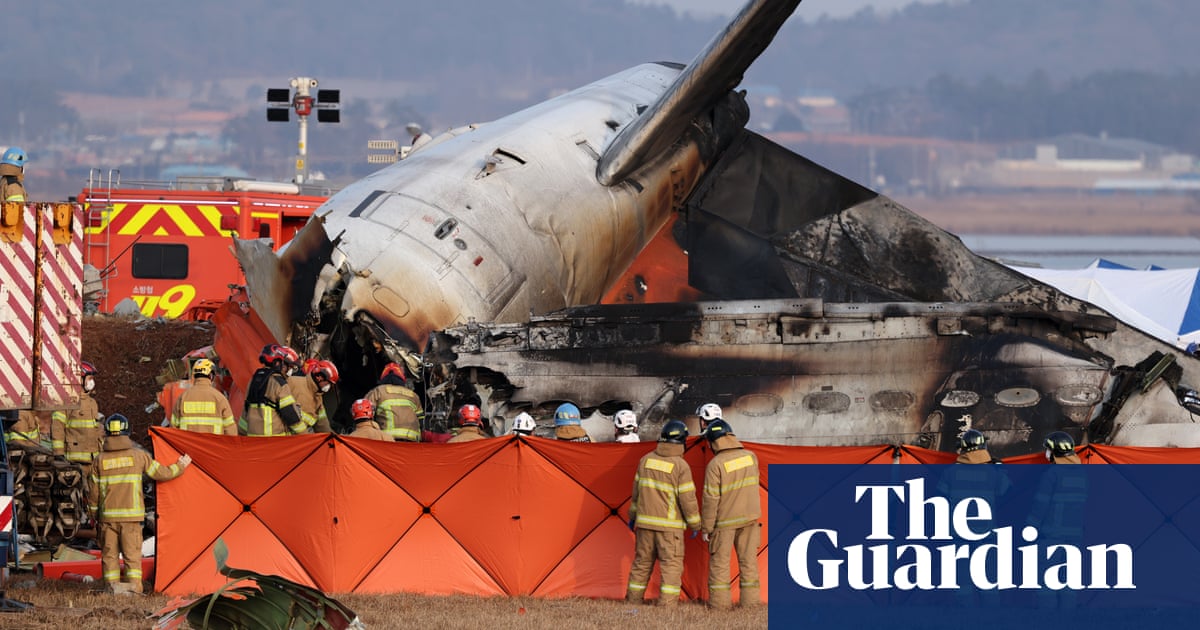That's a good description of modern electronic devices.
Actually, not; modern electronic devices, such as GoPros have decent reliability because they are not constantly exposed to extreme temperature conditions that are required for aircraft, which is on the order of at least -55C to +125C. You can get lucky with commercial electronics, since they have decent reliability. You could pot a GoPro, but it's likely going to fail sooner, rather than later, because the heat will be trapped in the potting material.
Having a GoPro in the cockpit won't necessarily be particularly good in most crashes, as demonstrated in this particular crash, where the two survivors were both in the tail section, which is where most FDRs tend to be located.
The trend now is moving toward automatically deployable FDRs, which could be ejected from the plane in case of water landings, specifically, but also in case of the Jeju Air crash. This now requires the FDR to be located near or on the outer surface of the plane, subjecting the FDR to at-altitude temperatures as well as direct solar heating on the outer casing.
Having a GoPro as a cheap, redundancy measure might be doable, but given the mechanics of this crash, it would still have to harden against both crash shock and fire.
FYI, the MTBF for any single failure mode of one spec that I've seen for ADFRs is on the order of 100,000 flight hours

